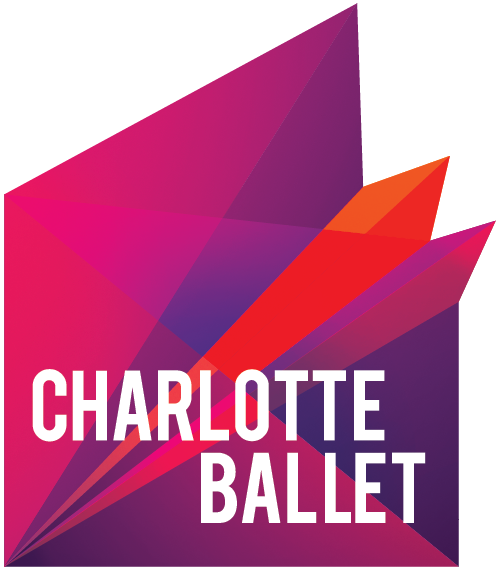FALL WORKS explores the exciting evolution of Charlotte Ballet by looking simultaneously at the past and the future. Artistic Director Hope Muir is introducing eight new choreographic voices in her first season alone, and she is making sure their work aligns with the lineage of Charlotte Ballet. What does the future hold for Charlotte Ballet audiences? How can you experience this evolution at FALL WORKS? Be sure to PURCHASE YOUR TICKETS to find out!
Past: George Balanchine’s Apollo
A tribute to Charlotte Ballet’s legacy, Fall Works features George Balanchine’s Apollo, staged by legendary Balanchine dancer and Kennedy Center Honoree Patricia McBride. Apollo reflects the New York City Ballet connections of Patricia McBride and former artistic director Jean-Pierre Bonnefoux and is the oldest Balanchine ballet in New York City Ballet’s repertory. Premiering in 1928, the Balanchine Foundations quotes this work as Balanchine’s coming of age and first major collaboration with composer Igor Stravinsky.
Understanding the ballet
The lead male dancer represents the character Apollo, god of music, whose symbol is a guitar. He is visited by three Muses: Calliope, Muse of poetry, who carries a tablet; Polyhymnia, Muse of mime, who caries a mask; and Terpsichore, Muse of song and dance, who carries a lyre. As Balanchine revisited the work throughout his years, he would work to simplify its content and eliminate its narrative. As noted by New York City Ballet, Balanchine restrained himself to its “sustained oneness of tone and feeling,” and he quotes, “It seemed to tell me that I could dare not to use everything, that I, too, could eliminate.”
Present: Javier de Frutos’ Elsa Canasta
ELSA CANASTA, a dark, funny, sexy evocation of the world of Cole Porter, choreographed by Javier de Frutos, makes an exhilarating finale to the performance. Featuring a collaboration with Charlotte’s Jazz Arts Initiative and Tony award-winning singer and actor Levi Kreis, ELSA CANASTA was originally created with Artistic Director Hope Muir and holds a special place in her career. Hope wanted something personal to represent the present and her first performance at Charlotte Ballet. Performing Elsa Canasta allows her to spend time in the studio with the dancers and get to know them, and build relationships early on in the season between new choreographic voices and the company.
Understanding the ballet
Elsa Canasta contains mature content and is rated PG-13;therefore, the work will only be performed during our evening performances and not at the family matinee. Javier pulls from choreographic influences, as you will notice his own version of Apollo’s 3 muses show up in the work. With Levi singing Cole Porter love songs on stage with the company, he becomes a member of this world as well, serving almost as a singing narrator to the dancers’ actions. With unclear circumstances and characters that change depending on the situation, it is up to the viewer to decide if the memory the dancers are embodying are true, or an over-dramatized imagination.
Future: Johan Inger’s Walking Mad
We take a look to what the future holds, with Johan Inger’s Walking Mad. Described as a “stylistic game changer” by Artistic Director Hope Muir, Johan’s choreographic talent was first discovered by contemporary ballet choreographer Jiří Kylián, a Charlotte favorite whose work Charlotte Ballet has performed over the past several seasons. Walking Mad represents to Hope the direction she sees the company going.
Understanding the ballet
With the title inspired by Socrates’ famous saying, “Our greatest blessings come to us by way of madness,” Walking Madquestions the perception of our limits. The scene is set with a mobile wall in which dancers fall from, hang on, crawl away and slam into, creating a symbol of the barriers people create for themselves and their relationships. Choreographer Johan Inger explains, “Walking Mad is a journey in which we encounter our fears, our longings and the lightness of being.” Quoted by Ailey Pressroom as being “laced with an unsettling edge of madness,” the works digs deep into the human mind and what happens along the way to insanity.






